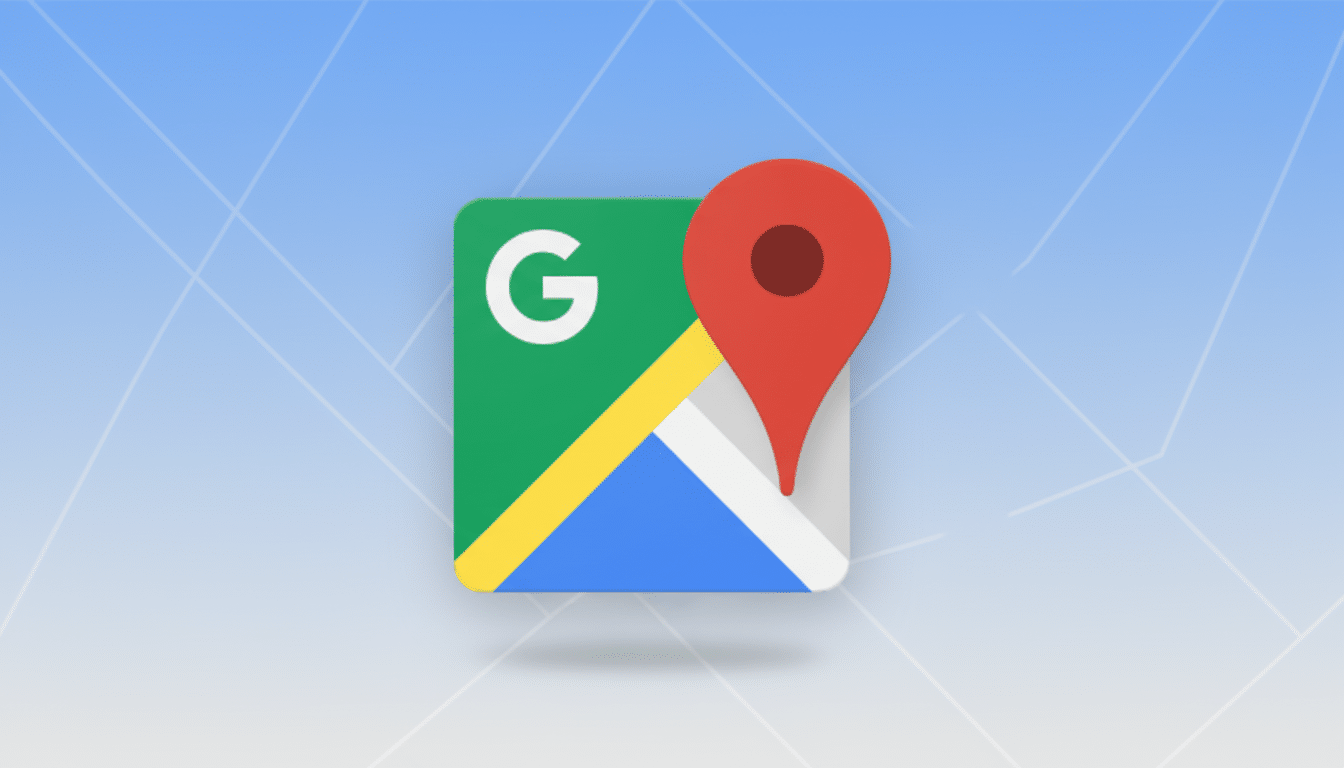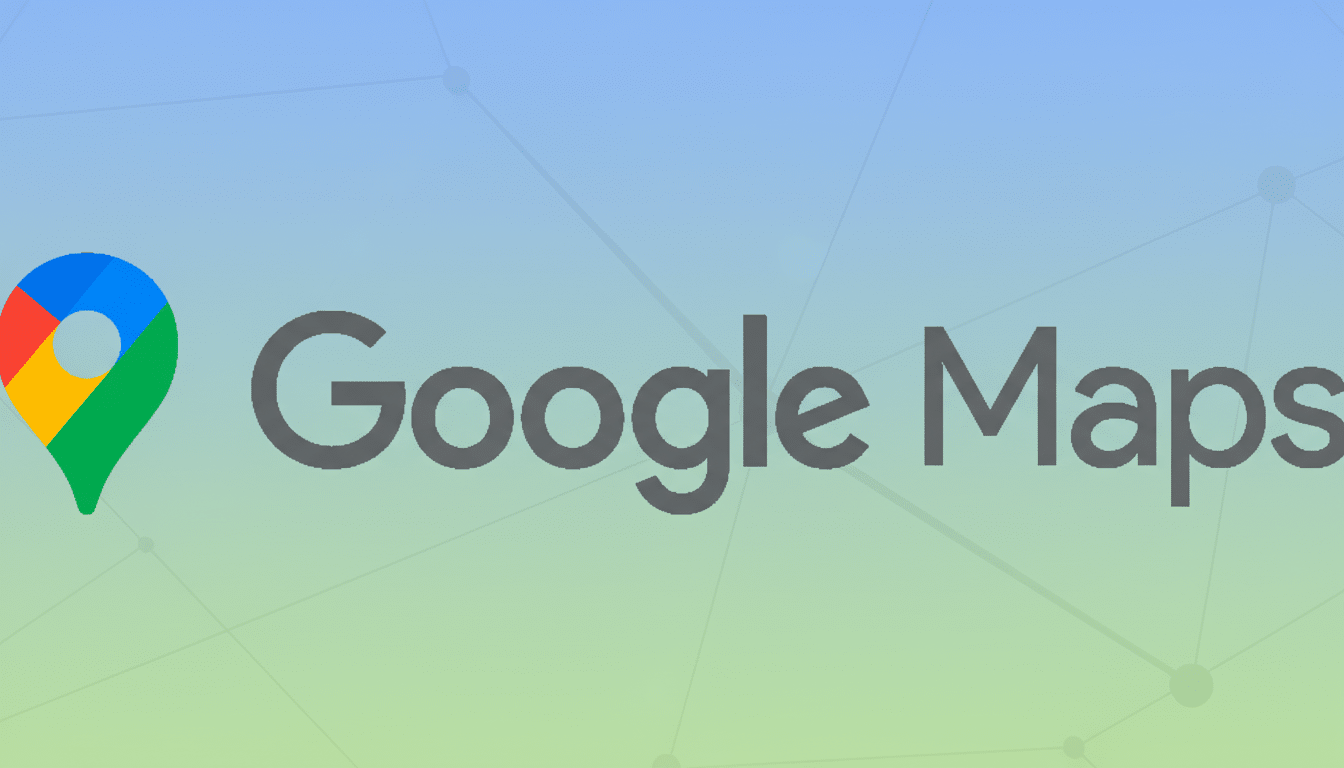The company is now sewing its Gemini AI directly into Google Maps, in hopes of making driving more conversational, less risky, and fiddling a bit less. The update includes more natural interactions with the voice assistant when you’re asking for help navigating to your destination; landmark-based spoken directions that leverage Street View imagery, and smarter incident reporting on the road — alongside a “point and ask” experience that incorporates Google Lens and is intended to reduce screen time and make it easier to stay focused on driving.
What Happens Behind the Wheel with Gemini in Maps
Using Gemini in Maps, for example, drivers can ask follow-up questions and stay in the flow. Think: “Cheap place with vegan options along my route within two miles… does it have parking and outdoor seating?” Gemini maintains context, distills the options — and can follow up by placing a call, reserving a table, or adding the stop. It’s also able to answer general questions — sports scores, headlines, quickie facts — without exiting the navigation challenge you set for yourself during your effort to not be a compulsive phone fiddler.
- What Happens Behind the Wheel with Gemini in Maps
- Landmark Directions Instead of Raw Distances
- Smarter Reporting and Proactive Alerts for Drivers
- Ask with Lens and Point for On-the-Go Place Details
- Availability and Platform Support Across Devices
- Under the Hood and Competitive Landscape
- Privacy and Reliability Considerations for Drivers

There’s an obvious safety angle. The National Highway Traffic Safety Administration has repeatedly linked distraction to thousands of road deaths a year. By moving popular activities to voice and away from the screen, Google is putting into practice the same risk-reduction theory that safety researchers and organizations such as AAA Foundation for Traffic Safety have preached for decades.
Landmark Directions Instead of Raw Distances
“Natural guidance” is among the most practical upgrades. Instead of “turn right in 500 feet,” Maps could say “turn right at the Shell station” or “after the red brick library.” Gemini cross-references information about 250 million places with Street View imagery to emphasize visible anchors before you have reason to act, Google says. That is a big deal in dense cities, or places you don’t know well where an address can be harder to recognize than the front of somewhere familiar.
Studies of human factors have continually demonstrated the benefit of landmark-based wayfinding cues enabling better route performance and fewer late turns. You can expect fewer last-second lane changes and missed turns — the small victories that make up for the rough patches of daily driving.
Smarter Reporting and Proactive Alerts for Drivers
For instance, drivers will be able to report incidents like hazards, slowdowns, and crashes by voice (with Gemini rendering the details), a nod toward the Waze-style incident ecosystem that many fans have come to appreciate.
Maps will also push proactive alerts about disturbances ahead and make suggestions for detours before you’re already stuck in a bottleneck. The idea is less cognitive load, more timely, useful interruptions.
Ask with Lens and Point for On-the-Go Place Details
Maps is also receiving a visual assist: point the camera on your phone at a storefront or landmark and ask, “What is this place and why is it popular?” Gemini, working with Google Lens, can tell you what you’re looking at; provide highlights or a summary of information; or surface key details like hours, accessibility info, or peak times. It’s an instant local guide, and a discovery engine for future trips.

Availability and Platform Support Across Devices
Google says Gemini-powered map features will begin launching on iOS and Android in the coming weeks, with Android Auto functionality to follow. Active traffic alerts are starting with Android users in the U.S., while landmark-based directions are launching on iOS and Android in the U.S. Lens with Gemini for finding places should be available to U.S. residents this month. Already, Maps serves over a billion users every month, so even a phased rollout can have an outsized impact rather quickly.
Under the Hood and Competitive Landscape
Though Google hasn’t elaborated on all model pathways, the company plans to offer something of a hybrid: “On capable Android devices, on‑device models like Gemini Nano can process rapid, private requests with minimal latency. Richer and more multi‑step reasoning routes to the cloud,” Carter recently said. That split is the more common one now among assistants balancing speed, privacy, and precision.
The development also sets the standard higher for in-car assistants. Apple Maps has been adding natural language guidance and richer landmarks, while Waze is still adored for crowd-sourced alerts. But just one assistant capable of planning a stop, responding to follow-ups, and completing tasks — all while leaving the user in navigation — represents a compelling differentiation for Google’s ecosystem, spanning Maps, Assistant/Gemini, and Android Auto.
Privacy and Reliability Considerations for Drivers
As with all voice features, your Google account privacy settings apply. You can pick whether audio is saved to your account in Voice and Audio Activity settings, and Location History and Maps activity controls will continue to apply. For users who want more control, audio logging can be turned off whilst voice functionality is preserved.
No AI is perfect. Sometimes big models get something wrong or give you an outdated fact. In reality, Maps continues to rely on authoritative sources for crucial information — things like road data, live traffic, and even verified place info — and is using Gemini just to make interactions feel more human. The best advice is the same as it’s always been: rely on voice when you can, work to keep your eyes on the road, and consider on-screen guidance a helpful aid but not an absolute.
If Google brings the responsiveness it’s promising, Gemini inside Maps may come off less like a layer of voice commands and more like a kind of co-driver — one that talks the way people think and finally gives directions the way they see things firsthand.

